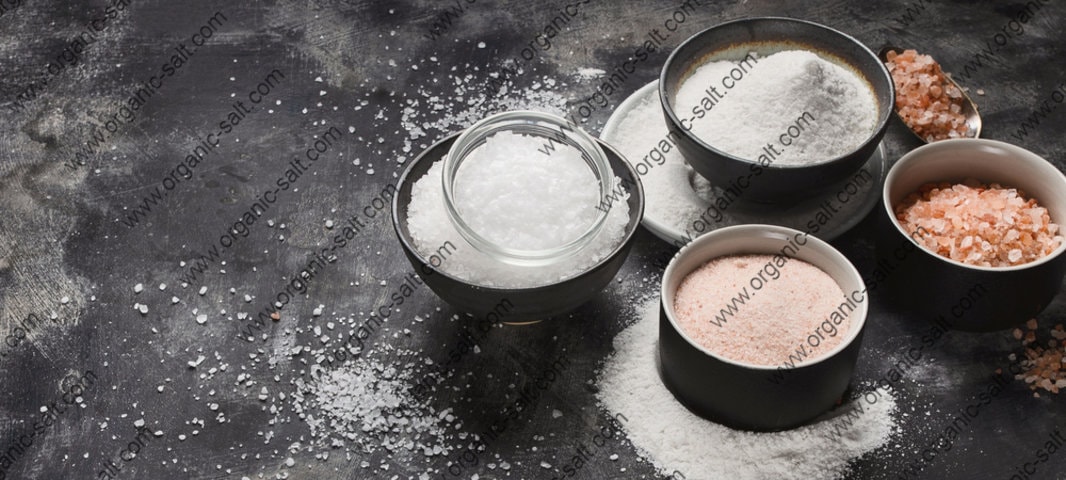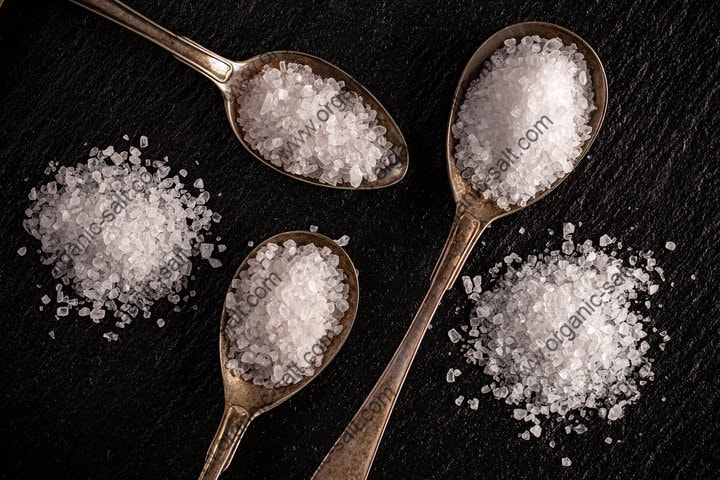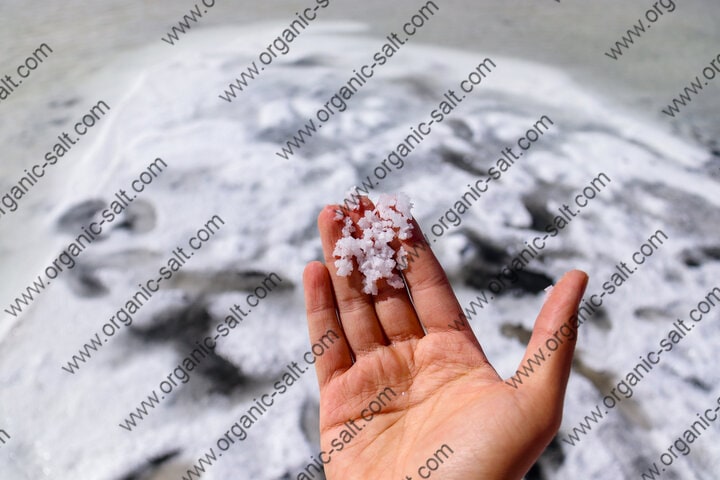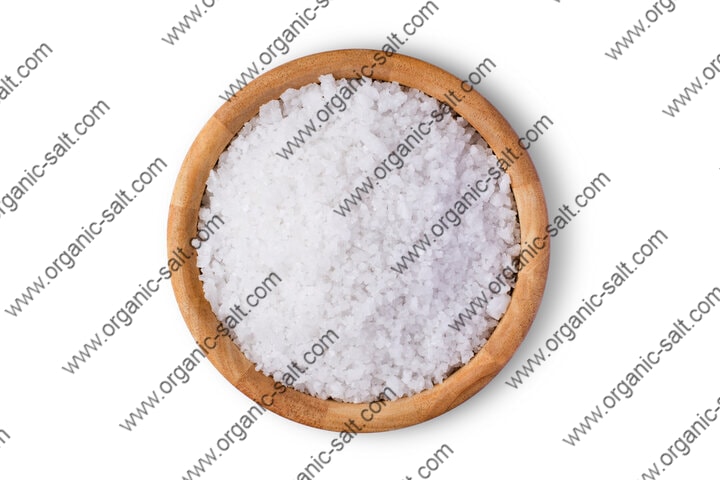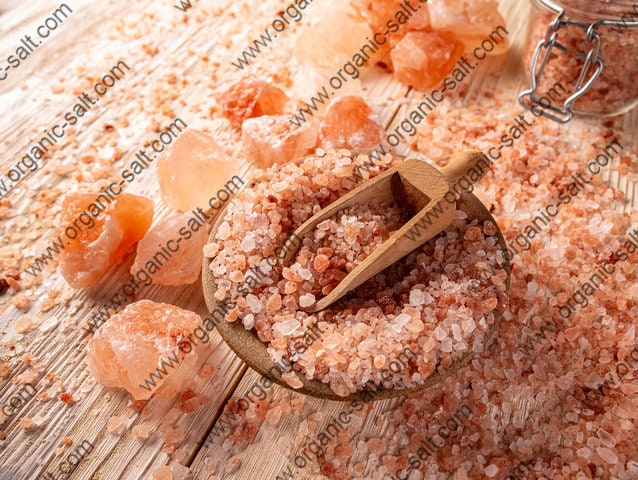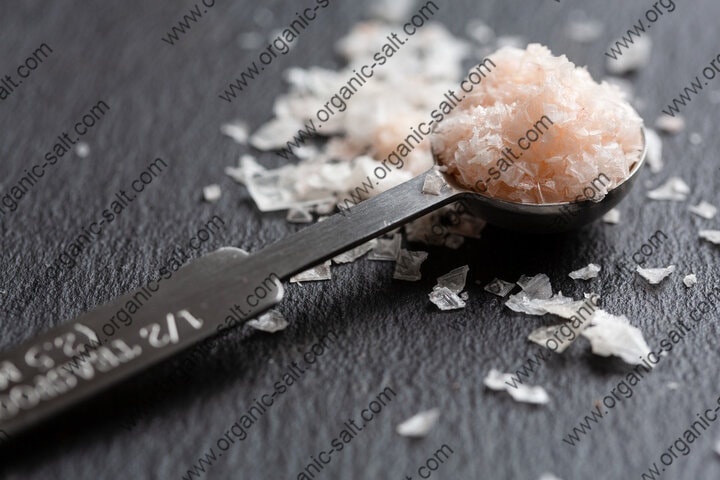Salt: Types, Varieties, Benefits, and History
Salt, a seemingly unremarkable mineral, is an integral and timeless component of human history, culture, and culinary tradition. Its vast array of types and varieties, each possessing distinct characteristics and an array of benefits, has profoundly impacted our gastronomic experiences and everyday lives. In this comprehensive exploration, we embark on a journey into the multifaceted world of salt. We will not only uncover the diverse types of salt and their unique qualities but also explore the various advantages they offer. Additionally, we will traverse the annals of time to unearth the captivating history of this omnipresent mineral, which has left an indelible mark on our world.
Types of Salt:
Table Salt (Iodized Salt):
The omnipresent table salt, gracing the kitchen shelves of households across the globe, is meticulously refined and typically enriched with iodine, a crucial element for maintaining thyroid health. With its fine, uniform crystals, it stands as a versatile option for everyday cooking and baking.
Sea Salt:
Harvested from the natural evaporation of seawater, sea salt boasts a wider spectrum of minerals compared to its table salt counterpart. Its coarseness varies, from fine to coarse, and its flavor and texture are subtly distinct due to the presence of these oceanic minerals.
Kosher Salt:
Known for its larger, coarser crystal size, kosher salt is a preferred choice among chefs. Its ability to cling to food surfaces makes it invaluable for seasoning meats and enhancing the flavors of a diverse range of dishes.
Himalayan Pink Salt:
Mined from the depths of the Khewra Salt Mine in Pakistan, this salt is renowned for its stunning pink hue and unique mineral composition. It features trace elements such as iron, magnesium, and potassium, which lend a subtle and nuanced flavor to culinary creations. Himalayan salt often serves as a luxurious finishing touch or a decorative element.
Rock Salt:
Characterized by its sizable, unprocessed crystals, rock salt is a favored candidate for salt grinders. When employed as a final garnish, it introduces a delightful crunch and an explosion of flavor to dishes, elevating the overall sensory experience.
Fleur de Sel:
Originating from the gentle evaporation of seawater in locations like France, fleur de sel is cherished for its delicate, flaky crystals. It takes on the role of a premium finishing salt, enhancing both texture and taste in gourmet dishes.
Black Salt (Kala Namak):
Primarily sourced from India, black salt boasts a unique sulfuric aroma and flavor. It finds its place in Indian and South Asian cuisine, where it is used to infuse dishes with an unmistakable eggy essence.

Varieties and Benefits:
Iodized Salt:
This salt variety plays a pivotal role in safeguarding thyroid health by providing a reliable source of iodine. Regular consumption helps prevent iodine deficiency disorders, including goiter and cognitive impairments.
Sea Salt:
With its rich mineral content, sea salt offers nutritional advantages. Essential minerals like magnesium, potassium, and calcium support various bodily functions. Additionally, its milder and less abrasive taste compared to table salt enhances its versatility.
Kosher Salt:
Chefs and home cooks alike favor kosher salt for its coarse texture and ease of handling. Its ability to adhere to food surfaces, making it an ideal choice for seasoning meats and other culinary creations.
Himalayan Pink Salt:
This salt variety’s unique composition of iron, magnesium, and potassium contributes to improved hydration, enhanced circulation, and overall well-being, making it a sought-after alternative to table salt.
Rock Salt:
When ground and employed as a finishing flourish, rock salt introduces a delightful texture and a burst of flavor to dishes, turning them into sensory delights. It is frequently used to enhance the enjoyment of grilled meats and fresh salads.
Fleur de Sel:
As a premium finishing salt, fleur de sel elevates the taste and texture of gourmet dishes, making it a preferred choice among top chefs and culinary enthusiasts.
Black Salt (Kala Namak):
Revered for its distinct sulfurous flavor, black salt is a popular ingredient in vegan cooking. It is employed to replicate the taste of eggs in dishes like tofu scrambles and vegan omelets.
Historical Significance:
The historical significance of salt is profound and far-reaching, touching various aspects of human life:
Ancient civilizations, including the Egyptians and Romans, recognized the indispensable role of salt in food preservation, making it a crucial resource for extended sea voyages and military campaigns.
Salt emerged as a form of currency in multiple regions, giving rise to the term “salary,” derived from “salarium,” a payment made to Roman soldiers explicitly for the acquisition of salt.
Trade routes specializing in salt, such as the Silk Road, served as conduits for the exchange of goods and ideas between the East and West, influencing history and economies.
Culinary Alchemy:
One of the most conspicuous roles of salt is its transformative power in the culinary world. It acts as an amplifier, a conductor that orchestrates the symphony of flavors in a dish. Just a pinch of salt can unlock the hidden nuances of ingredients, intensify sweetness, and mitigate bitterness. In preserving food, it creates gastronomic marvels like prosciutto, gravlax, and pickles, preserving them for extended periods while enhancing their flavors.
Furthermore, salt is indispensable in bread-making, where it contributes to the formation of gluten, resulting in the airy texture of bread. Its presence in baking influences fermentation, providing structure and a delightful crust to bread and other baked goods.
Health and Wellness:
The relationship between salt and health is both complex and critical. While salt is an essential component of our diets, excessive consumption has been linked to adverse health effects. Salt is a primary source of dietary sodium, and sodium is essential for various bodily functions, including nerve function, muscle contractions, and fluid balance.
However, excessive sodium intake is associated with increased blood pressure, a major risk factor for heart disease and stroke. It can also lead to conditions like hypertension. The balance between sodium and potassium is vital for cardiovascular health, as potassium helps counteract the effects of sodium. Diets rich in potassium, derived from fruits and vegetables, can mitigate the adverse impacts of excessive sodium intake.
A World of Varieties:
In addition to the well-known salt varieties, there is a myriad of regional and artisanal salts that reflect local traditions and terroirs. Sel gris from France, Maldon salt from England, and Peruvian Pink Salt are just a few examples of such regional treasures.
Smoked salt varieties, like Alderwood and Hickory, add a layer of smokiness to dishes, enhancing the flavors of grilled meats and vegetables. Infused salts, such as truffle salt and saffron salt, offer an enticing fusion of flavors and aromas, elevating dishes to gourmet heights.
The art of salt curing is deeply ingrained in cultures worldwide, giving rise to prosciutto, bresaola, and various other salt-cured delicacies. Moreover, the use of salt blocks for cooking and serving, such as the Himalayan salt block, is gaining popularity as a unique and visually striking culinary technique.
Beyond the Kitchen:
Salt’s influence extends far beyond the culinary realm. In the chemical and manufacturing industries, it serves as a vital raw material for the production of chemicals like chlorine and caustic soda. It is also an essential component in the manufacturing of pharmaceuticals and various other products.
For those living in regions with cold climates, salt plays a lifesaving role in de-icing. It is spread on roads and walkways to melt ice and snow, making winter travel safer. Moreover, the application of salt in water softeners replaces calcium and magnesium ions with sodium ions, reducing water hardness and preventing the buildup of scale in pipes and appliances.
Cultural Symbolism:
Salt’s significance goes beyond the realms of science and industry; it also holds cultural and symbolic importance. In various cultures, salt is used in religious rituals to symbolize purity and preservation. It has played a pivotal role in traditions within religions such as Christianity, Judaism, Hinduism, and Shintoism.
The act of offering guests salt and bread is a traditional gesture of hospitality in many cultures. This practice signifies welcoming and respect for guests and illustrates how salt’s symbolism transcends culinary applications.
Environmental Considerations:
The extraction and processing of salt can have environmental consequences. Salt mining can lead to soil and water contamination, impacting local ecosystems. Sustainability efforts in salt production are now exploring eco-friendly mining practices and reducing the environmental footprint of this essential mineral.
Conclusion:
Salt, with its diverse types, varieties, and historical significance, continues to play a central role in our lives. Its rich history, versatility, and myriad benefits make it a truly extraordinary mineral. From enhancing the flavor of our meals to preserving food, supporting health, and leaving an indelible mark on our cultural heritage, salt remains an indispensable part of our world. Its capacity to elevate the sensory experience of food and its enduring influence on human history underscore its remarkable and enduring significance in our lives.
Salt’s multifaceted nature is a testament to its enduring relevance. Beyond its diverse types and rich history, salt plays a pivotal role in countless aspects of our daily existence. As we delve deeper into the world of salt, we uncover additional layers of its significance and utility.
In conclusion, salt, an ancient and unassuming mineral, stands as a testament to its enduring importance in human history and daily life. Its diverse types and varieties, rich history, and multitude of benefits continue to make it an integral part of our world. From enhancing the flavor of our meals to preserving food, supporting health, and even leaving a profound cultural and historical mark, salt’s significance is profound and enduring. Its ability to elevate the sensory experience of food and its capacity to adapt to ever-evolving culinary and industrial needs underscore its remarkable and enduring relevance in our lives.

